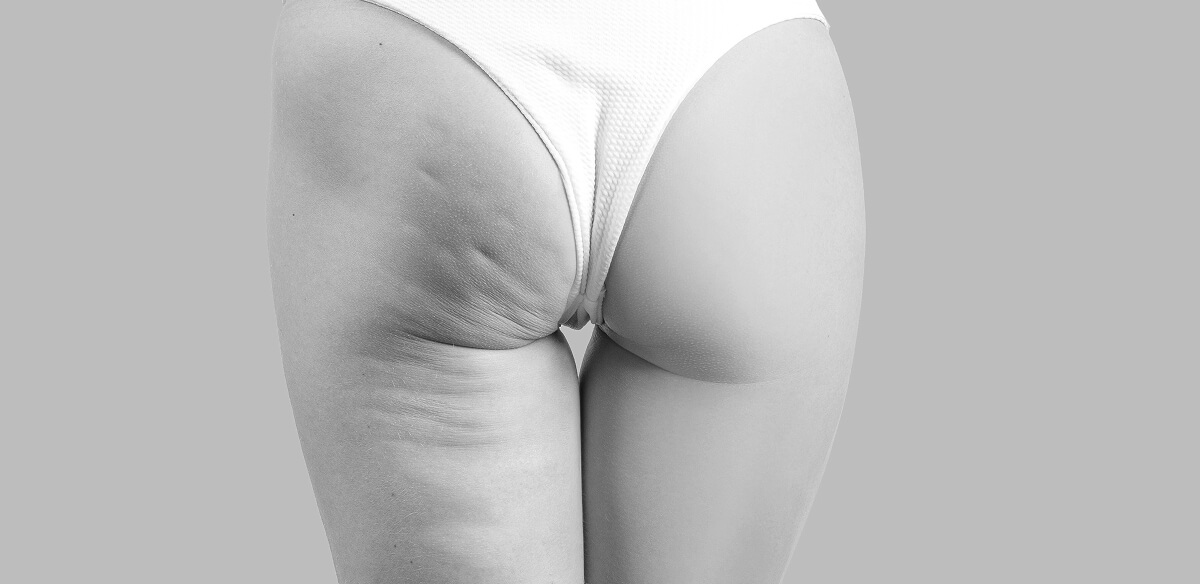
Cellulite is a common aesthetic concern, affecting approximately 85-90% of women at some point in their lives. Despite its prevalence, many people struggle to find effective treatments to reduce its appearance. Collagen, a protein essential for skin structure and elasticity, has gained attention in recent years as a potential solution for smoothing out those dimpled areas. But does it really work? While collagen is often associated with skin aging and wrinkle prevention, its role in reducing cellulite is a topic that has not been explored in-depth. This article will dive into the science behind collagen’s effect on cellulite and explore whether collagen-based treatments can truly help smooth the skin. If you’re looking for an innovative, non-invasive way to enhance skin texture, understanding how collagen can impact cellulite is key to determining the right approach for you.
What is Cellulite?
Cellulite refers to the dimpled or lumpy appearance of the skin that commonly appears on areas like the thighs, buttocks, and abdomen. It occurs when fat deposits beneath the skin push through the connective tissue, resulting in an uneven, textured surface. While cellulite is often associated with weight gain, it can affect individuals of all body types and sizes. Even lean individuals can experience it due to the way fat is distributed and the structure of the underlying connective tissue. Hormones also play a significant role, with factors such as estrogen and insulin contributing to the formation of cellulite. Additionally, genetics can predispose individuals to have a greater tendency for developing cellulite, influencing how the body stores fat and how the connective tissue is structured. Despite a healthy lifestyle, including exercise and diet, cellulite can still persist, making it a common and often frustrating concern.
Understanding Collagen and Its Role in Skin Health
Collagen is the most abundant protein in the body, providing structure, strength, and elasticity to the skin. It acts as the scaffold that supports the skin’s layers, helping to maintain a youthful, firm appearance. As we age, collagen production naturally declines, contributing to the loss of skin volume, elasticity, and the formation of wrinkles. This decline in collagen is one of the key factors in the development of cellulite. When collagen fibers weaken or become damaged, the skin’s ability to hold fat in place diminishes, allowing the fat to push through the connective tissue, resulting in the dimpled texture associated with cellulite. Maintaining or boosting collagen levels can help to improve skin structure, texture, and reduce the appearance of cellulite. In addition to aging, factors like sun exposure, poor nutrition, and smoking can accelerate collagen breakdown, further impacting skin health and contributing to visible signs of aging.
Does Collagen Help with Cellulite?
Collagen plays a crucial role in the structure and elasticity of the skin, and its impact on cellulite is often discussed in terms of both prevention and treatment. While collagen alone is not a magical solution for eliminating cellulite, it can have a significant role in improving the appearance of dimpled skin. The presence of strong, healthy collagen fibers beneath the skin can help tighten the skin and support the connective tissue, which in turn reduces the appearance of cellulite.
As we age, collagen production naturally decreases, weakening the skin and connective tissues. This loss of collagen contributes to the formation of cellulite, as the skin loses its firmness and the fat beneath the surface can push through the weakened tissue. Therefore, increasing collagen production or supplementing with collagen can potentially help to firm up the skin, reducing the dimpling effect caused by cellulite.
However, the effectiveness of collagen supplementation and treatments for cellulite depends on several factors, including the form of collagen used (oral supplements vs. topical treatments or injections) and how consistently it is applied. Studies have shown that collagen supplements, when taken regularly, can improve skin elasticity and hydration, potentially reducing the appearance of cellulite over time. Yet, while collagen can aid in skin rejuvenation, it’s important to note that a comprehensive approach that combines healthy lifestyle choices with other targeted treatments may offer the best results for managing cellulite.
Types of Collagen Treatments for Cellulite
- Collagen Injections: Collagen injections target the deeper layers of the skin, aiming to promote collagen production in specific areas affected by cellulite. These injections stimulate the growth of new collagen fibers, improving skin texture and reducing the dimpled appearance associated with cellulite.
- Collagen Boosting Devices: Some treatments, such as radiofrequency and ultrasound therapy, use heat and sound waves to stimulate collagen production. These non-invasive procedures work by encouraging the skin to produce new collagen, tightening the connective tissue and reducing the visibility of cellulite.
- Topical Collagen Creams: Although less effective than injections or devices, some creams and lotions containing collagen-boosting ingredients, like retinol or peptides, claim to improve skin elasticity and diminish cellulite. These treatments may provide short-term improvement by improving the skin’s texture and hydration.
- Oral Collagen Supplements: Collagen peptides in supplement form are a popular choice for improving skin elasticity. While oral supplements can help increase collagen levels over time, they need to be consistently taken to have a noticeable impact on cellulite.
Each treatment varies in effectiveness and may require multiple sessions to see significant results.
Natural Remedies for Cellulite and Collagen
While professional treatments can effectively target cellulite, there are natural remedies that can complement collagen production and improve skin health. Consuming collagen-rich foods such as bone broth, fish, and chicken can naturally boost the body’s collagen levels, supporting skin elasticity. Additionally, vitamin C-rich foods like citrus fruits, bell peppers, and leafy greens can enhance collagen synthesis, as vitamin C is crucial for collagen formation.
Massage therapy with oils like caffeine-infused or coconut oil may stimulate circulation, which helps to break down fat cells and reduce the appearance of cellulite. Dry brushing, a popular spa technique, also encourages lymphatic drainage and blood flow, which can improve skin texture.
Regular exercise, especially strength training and activities that promote blood flow, can also aid in the production of collagen. Staying hydrated and maintaining a healthy weight further helps to keep skin smooth and firm, as fluctuations in weight can exacerbate the appearance of cellulite.
In Conclusion
While collagen may play a significant role in improving the appearance of cellulite, it’s important to remember that results vary depending on individual factors. A holistic approach, including collagen-rich foods, professional treatments, and lifestyle changes, can provide the best outcomes for smoother, firmer skin. If you’re considering treatments for cellulite or looking for expert guidance on collagen’s effectiveness, Dr. Nima Plastic Surgery is here to help.
Visit us today or call (626) 696-8181 to schedule a consultation and explore personalized options to achieve your desired results.


